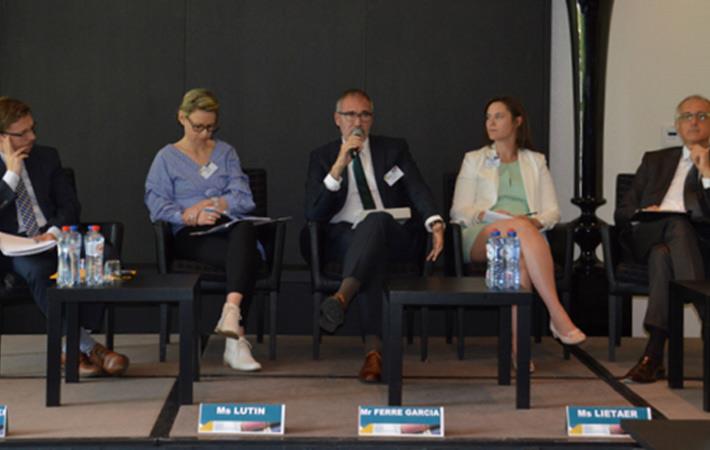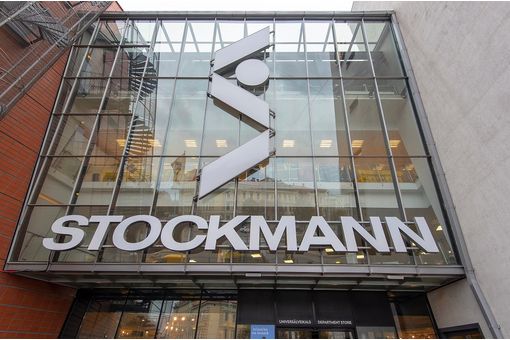Euratex focuses on circular economy of European textile

The three main areas on which the textile and clothing sector should focus on are the importance of free and fair trade between key global trading partners; sustainability, as value for the society and the 'new quality' for many companies, which place it at the core of the business' strategy, investments and a key factor for competitiveness; and the need to intensify market-driven applied research to defend Europe’s position as an innovation leader in the global marketplace and the help that the RegioTex Initiative should play at regional level.
"Sustainability and notably circular economy is one of the biggest change in our industrial society and, just like the digital revolution, it has the biggest potential to positively impact our society. Moving from a linear to a circular model, may change the way in which people use things, industries produce, the society uses its limited resources and dispose of waste, if any of it is left," said Huneke.
The keynote speech was given by Grzegorz Radziejewski, responsible of green growth at the cabinet of the commission vice president Katainen. Radziejewski highlighted the growing number of people and organisations interested and committed in the circular economy and the real benefit of it for resources saving, societal gains such as new jobs creation or increase in disposable, income, environmental footprint among others.
"To benefit from the enormous potential of circular economy, we need to change people’s, business and consumers’ mind-set, which is the hardest challenge to tackle," said Radziejewski. He also underlined two other essential financing elements to reach circularity goals: to engage private capital and to count on business engagement. He concluded indicating possible ways to finance circular projects.
A panel discussion was held during the event and Radziejewski participated in it along with Hilaturas Ferre, European Spinning Group, Marchi & Fildi and TDV Industries, four companies committed to circular economy.
The companies presented their success stories and proved that circularity in the textile and apparel supply chain is possible, is already happening and that SMEs (small and middle-sized enterprises) have a crucial role to play but need proper policy actions.
To improve the existing efforts on circularity in the textile and apparel supply chain two needs emerged from the companies’ views – a clear definition of what recycling really is to protect consumers from false claims; and better visibility for SMEs capacities to create awareness and trigger new partnerships
Drawing the conclusions, Mauro Scalia, Head of Sustainable Businesses at Euratex, introduced the industry’s policy brief and the upcoming line of action of Euratex with its members, based on three ideas – gather online successful business cases from 100 companies, especially SMEs, to learn about capacities, challenges and to support new partnerships; joining the relevant platforms launched by EU institutions, business and society organisations to contribute by sharing information and technical inputs; and stock taking of results and new actions planning in a public event within one year, by June 2018.
Euratex will work with policy makers and help designing measures which fit, removing barriers, incentivising a demand for circular economy and drive the transition through innovation and investment. It will also work with any other business and society organisation to build on our common interests and let the transition happen.
To close the event with a surprise, a massive piece of art was unveiled giving the sense of how circularity in textiles is not just a matter of manufacturing, but is also relevant in art. The piece – Le Bélier de Verviers (The Ram of Verviers) – realised by the French artist Pierre Matter with recovered materials from the old industrial plants of Solvent and wool from Traitex was exhibited to witness expertise and know-how still strong today. (KD)
Fibre2Fashion News Desk – India
































-Ltd..jpg?tr=w-120,h-60,c-at_max,cm-pad_resize,bg-ffffff)





.jpg?tr=w-120,h-60,c-at_max,cm-pad_resize,bg-ffffff)
.jpg?tr=w-120,h-60,c-at_max,cm-pad_resize,bg-ffffff)






